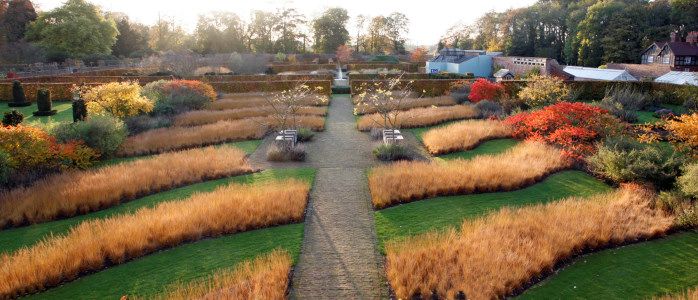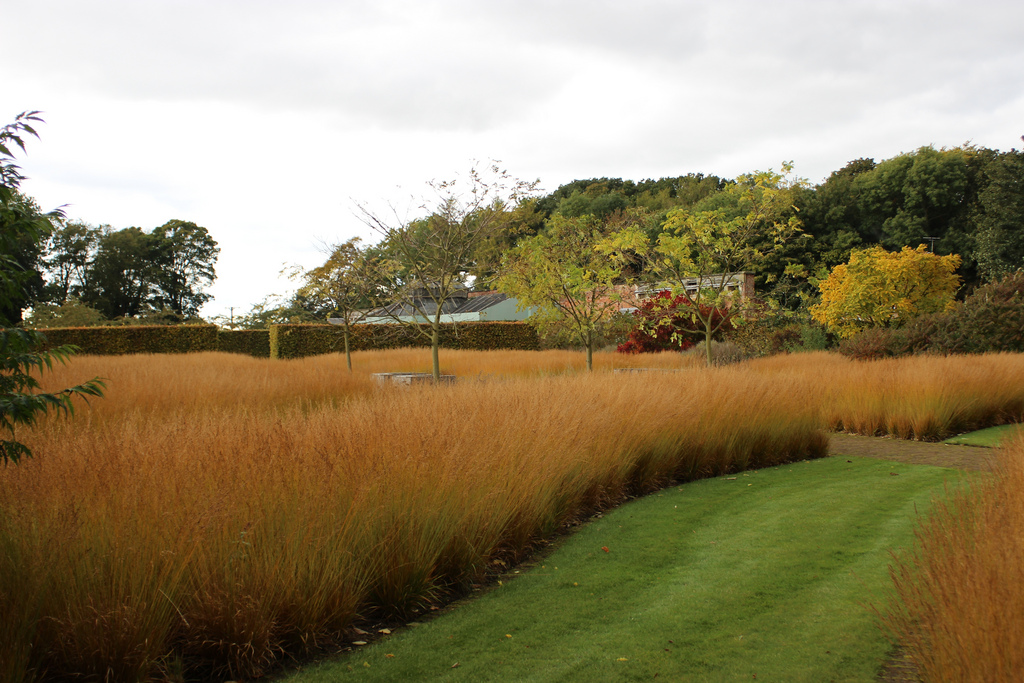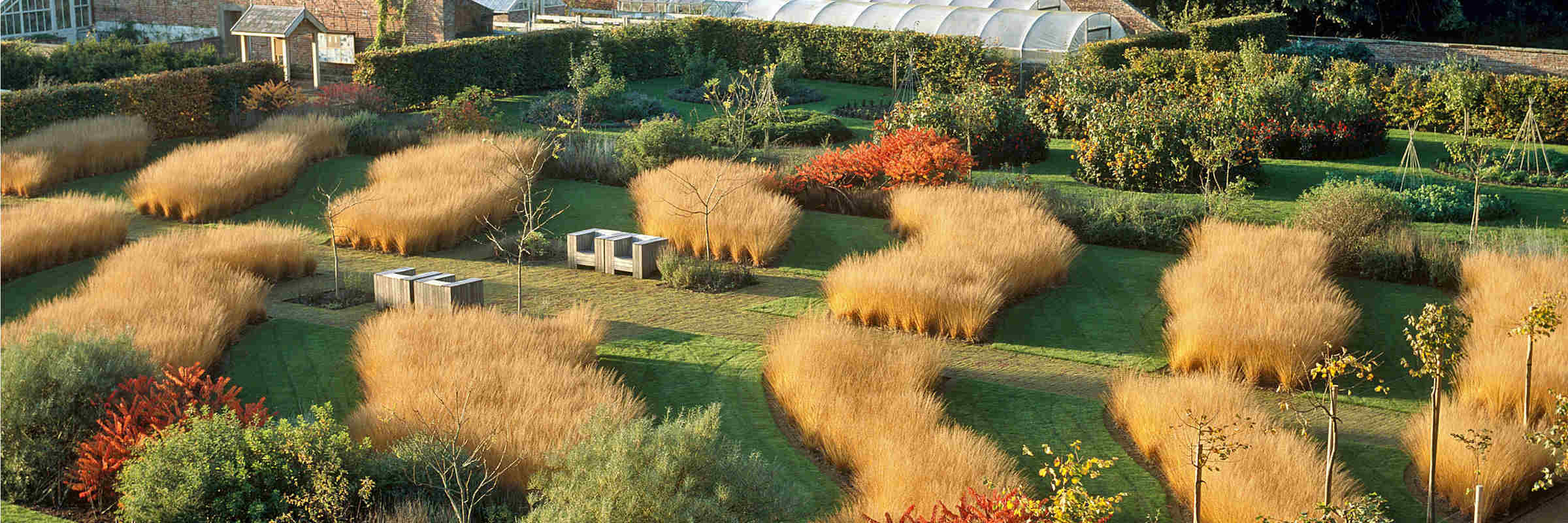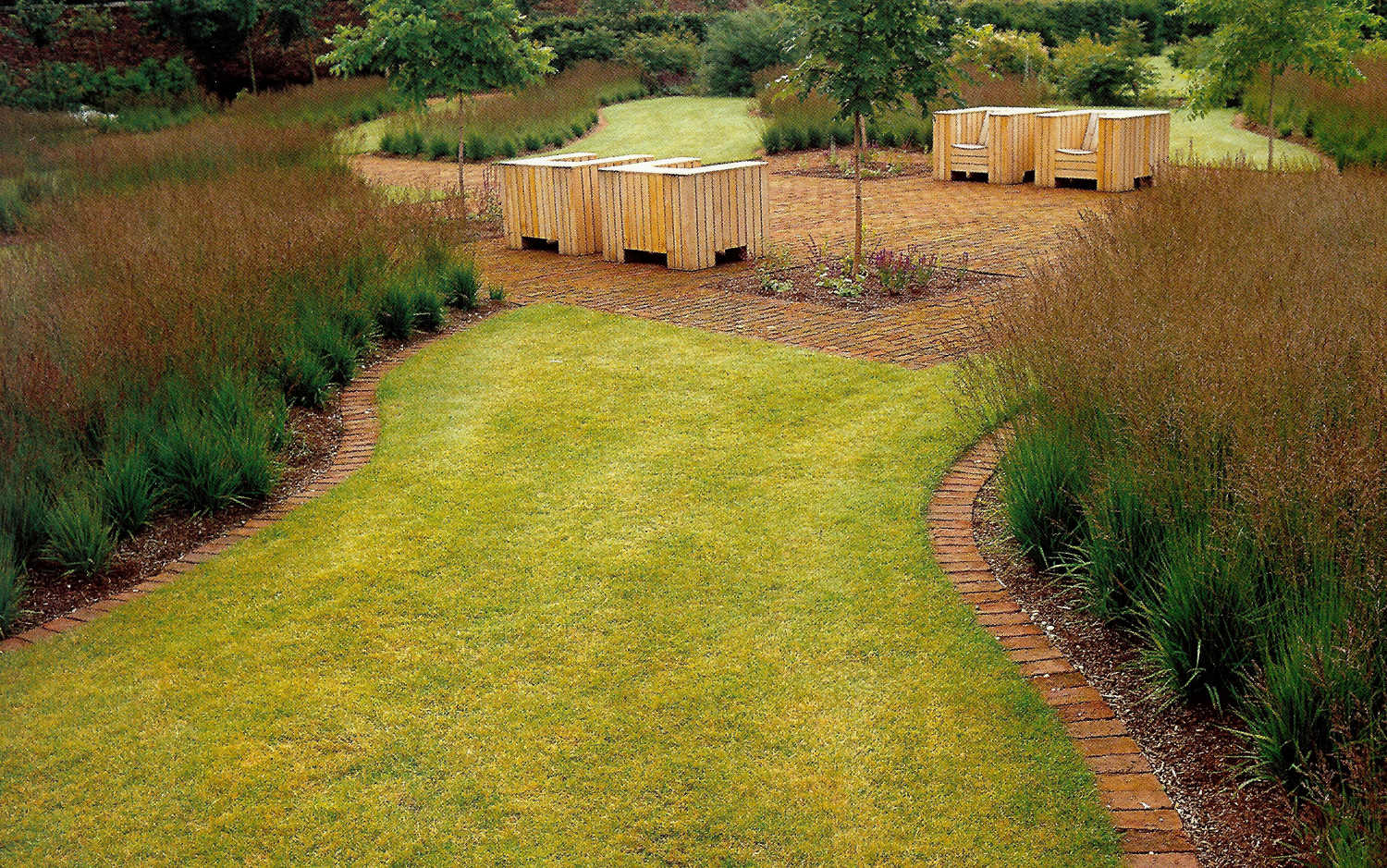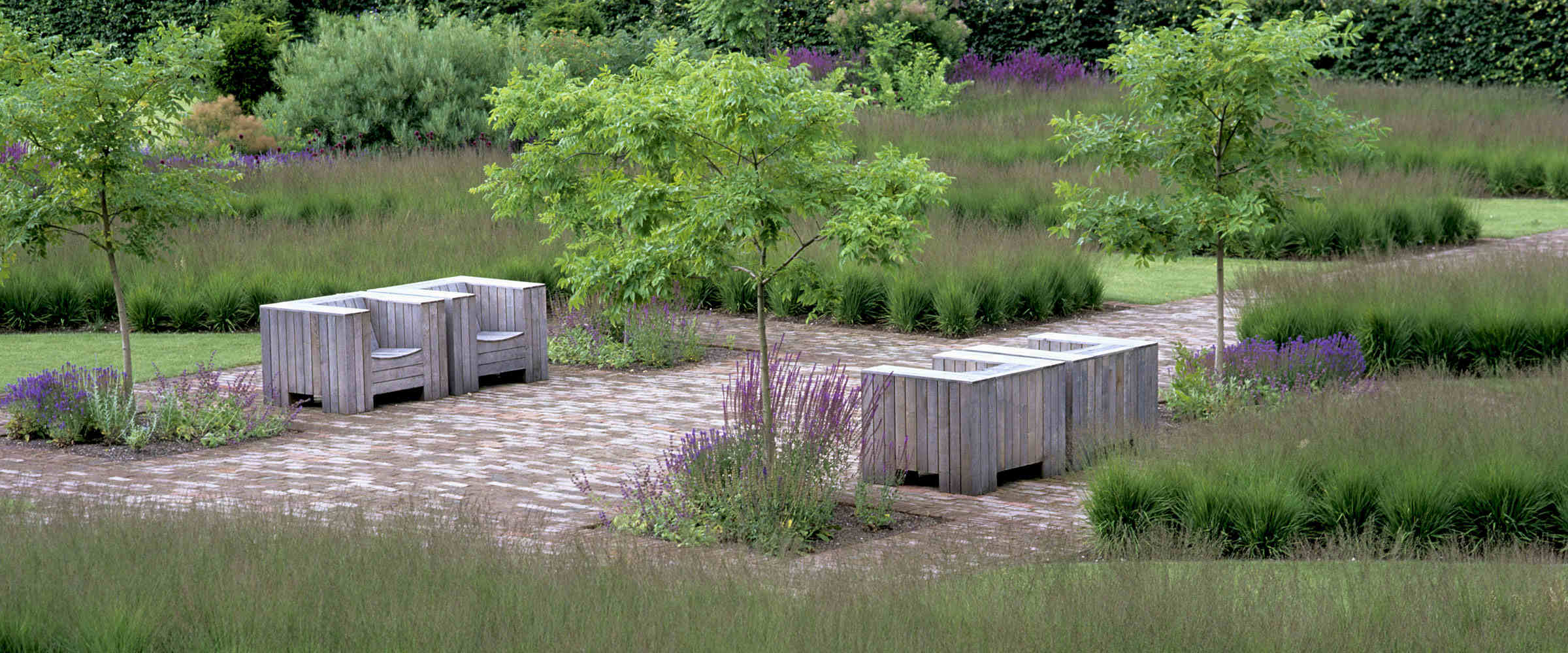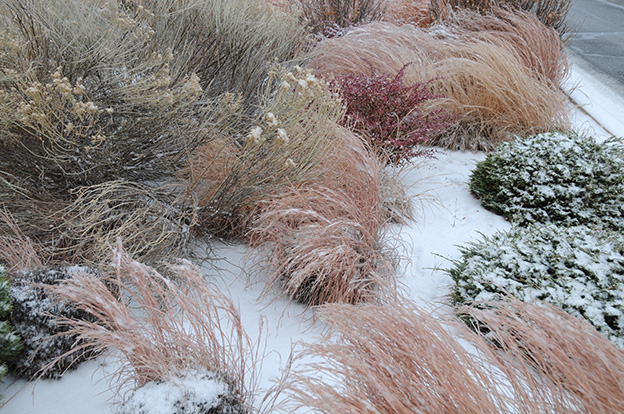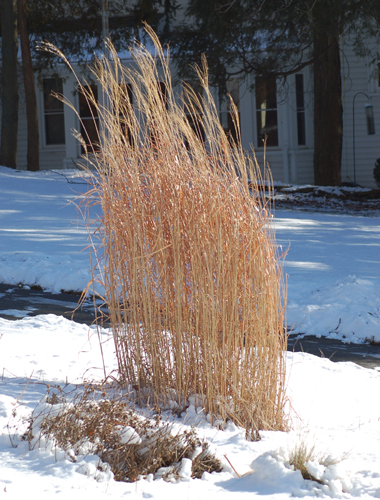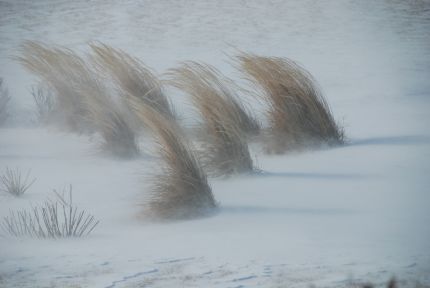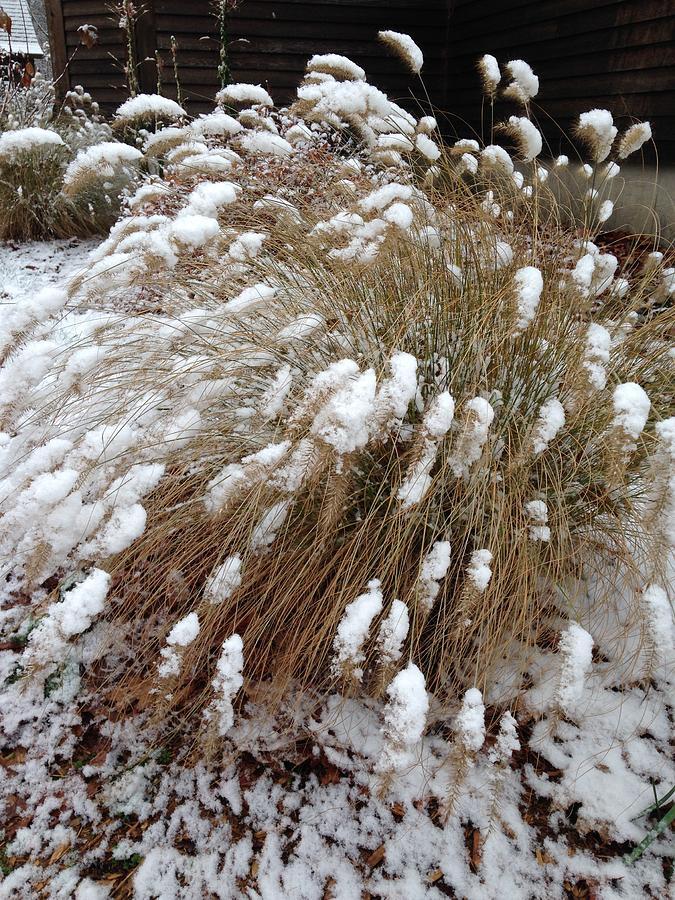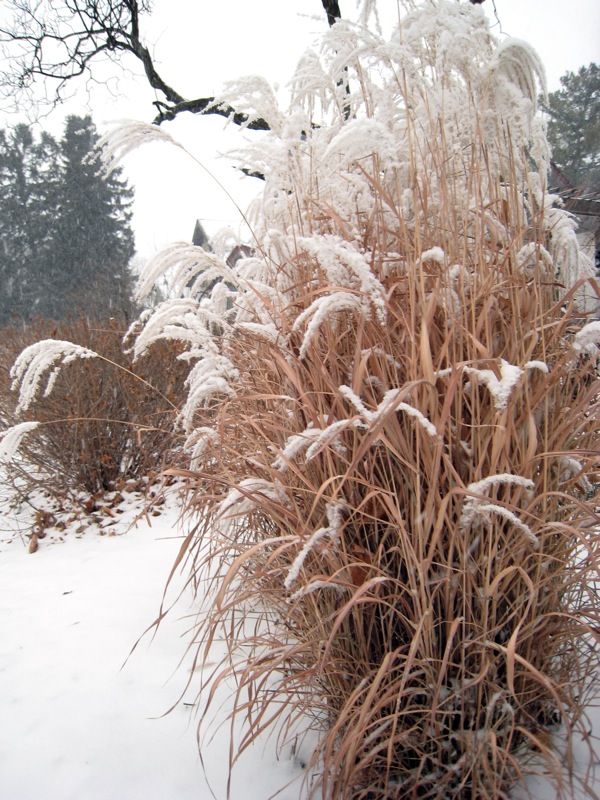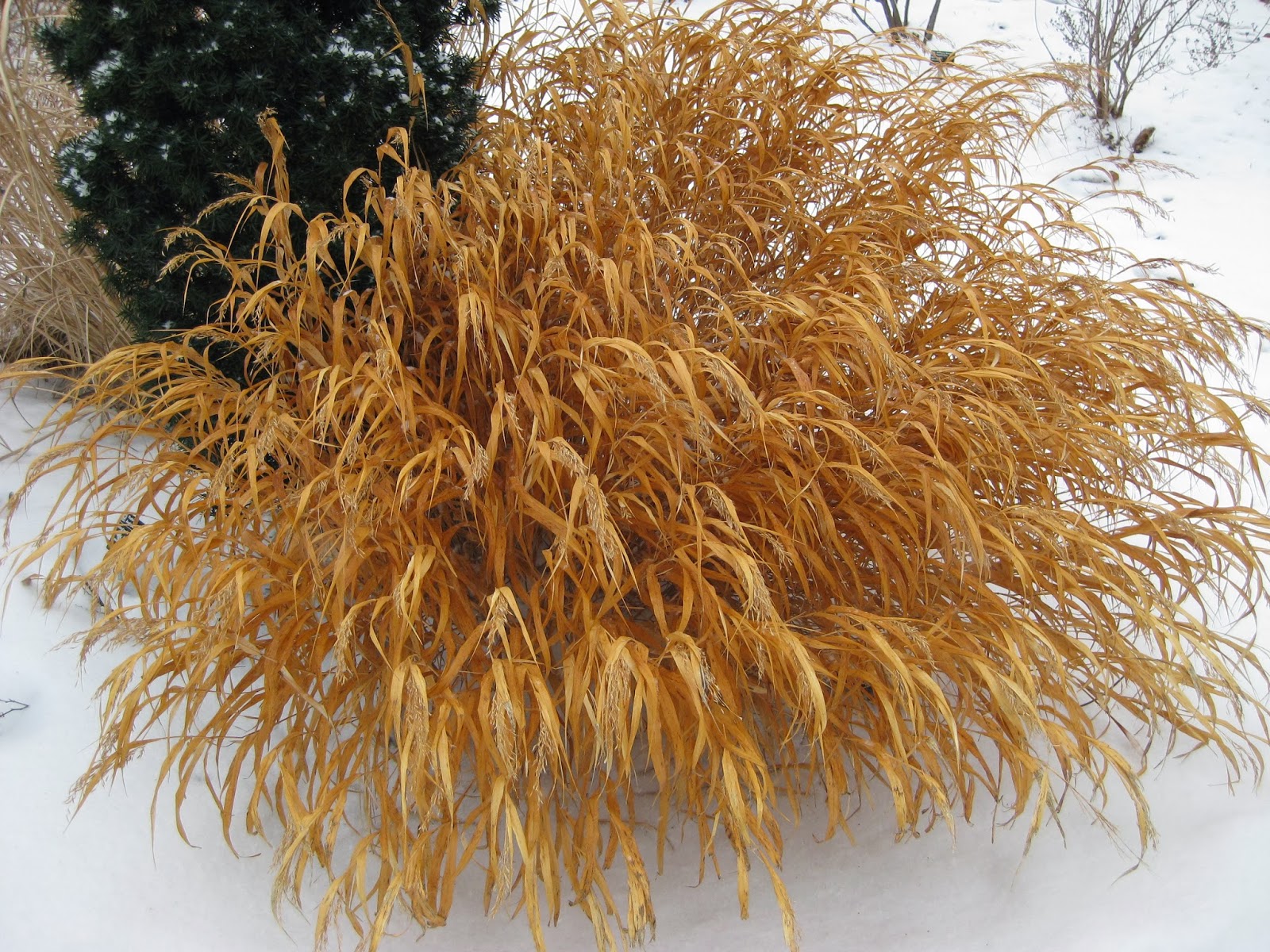I’m a great fan of Roy Diblik and I love it when he posts a new video. During the season, the videos are of him going out and about, showing plants, looking at gardens old and new and interviewing some of the people he runs into. There have also been a few of presentation made at Northwind by him and by others. All are very interesting and the production values are really quite good while still keeping the down-to-earthness of Roy.
He recently posted a video of a trip he made to visit a garden he had worked on in Virginia, and he did a video tour through parts of the existing (mature) garden in addition to showing what revisions he was going to make.
Roy Diblik’s finger pointing to Amsonia hubrichtii ‘Butterscotch’
Besides my usual awe in looking at the gardens he designs, I was introduced to yet another Amsonia hubrichtii cultivar ‘Butterscotch’. So beautiful! I must find it!
The white-flowering ornamental grass is Muhlenbergia capillaris ‘White Cloud’ (Muhly Grass)
So yet another Zone-pushing ornamental grass to covet - ‘White Cloud’ Muhly Grass - maybe even more beautiful than the more familiar pink-flowering Muhly Grass!





